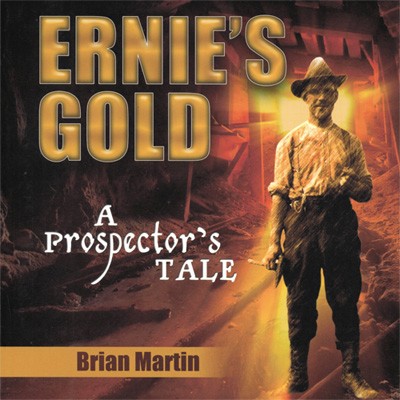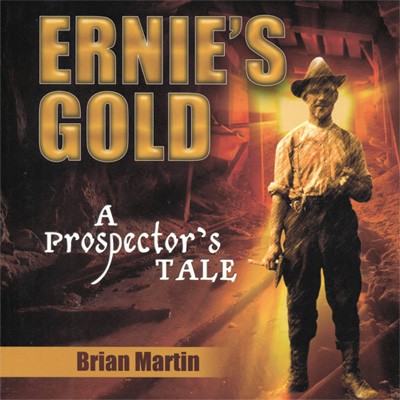Livio Di Matteo is Professor of Economics at Lakehead University in Thunder Bay, Ontario. Visit his new Economics Blog “Northern Economist” at http://ldimatte.shawwebspace.ca/
Prime Minister Stephen Harper’s recent comment that he does not want the future of the Northern Gateway pipeline to be decided by “certain” people in the United States who would like Canada to be one giant national park was remarkable in its parallels to the economic development situation in Northern Ontario.
In the case of the Northern Gateway, along with opposition from environmental groups and some First Nations in Alberta and British Columbia, a number of U.S. based environmental groups accompanied by some Hollywood celebrities have voiced opposition to the plan. In Northern Ontario, there have been complaints that the Far North Act and the Endangered Species Act will hinder northern development because of the wish of environmental groups in southern Ontario to turn the north into a vast provincial park.
The parallels are intriguing. The relationship between Northern Ontario and the south is remarkably similar to that between Canada and the United Canada. Relative to the United States, Canada is natural resource intensive and sparsely populated.




























